Short-term Traffic Flow Prediction Based on NPCA-PSR-IGM (1,1) Combined Model of Multi-dimensional Space-time
-
摘要: 针对城市短时交通流序列非线性和混沌性的特点,为提高短时交通流的预测精度,该文提出一种基于多维时空的非线性主成分分析(NPCA)和相空间重构(PSR)的改进灰色(IGM(1,1))组合预测模型。首先,使用数据相关性的非线性主成分分析算法对多维交通流量序列进行时空降维,同时保留影响预测点的主要交通流量数据,从而提高建模的精确度;其次,利用多维时空交通流量序列相空间重构放大交通流量内部的细微特征,以使其内在规律得以充分展现,进一步提升预测精度;最后,结合背景值改进的灰色模型适应于线性、非线性以及所需数据少的特点,进行短时交通流预测。实验结果表明,NPCA-PSR-IGM(1,1)组合预测模型的平均相对误差相比NPCA-PSR-GM(1,1)组合预测模型减小3.12%,其标准偏差相对PCA-PSR-IGM(1,1)组合预测模型从15.7091下降到2.0589。同时与最新的预测模型相比,该组合预测模型也提高了预测精度,达到了较好的预测效果。Abstract: In view of the nonlinear and chaos of urban short-term traffic flow sequence, this article proposes a combined prediction model based on multi-dimensional spatio-temporal Nonlinear Principal Component Analysis (NPCA) and Phase Space Reconstructed (PSR) Improved Gray Model (IGM(1,1)) in order to improve its forecast accuracy. First, the data correlation NPCA algorithm is used to reduce the spatial and temporal dimensions of multi-dimensional traffic flow sequences, while preserving the main traffic flow data that affects the predicted points, so as to improve the accuracy of the modeling. Phase space reconstruction amplifies the subtle features inside the traffic flow, so that its internal laws can be fully displayed, and improve further the prediction accuracy. Finally, the gray model combined with the improved background value is adapted to the characteristics of linearity, non-linearity and less required data. Short-term traffic flow is predicted. The experimental results show that the average relative error of the NPCA-PSR-IGM (1,1) combination prediction model is 3.12% smaller than that of the NPCA-PSR-GM (1,1) combination prediction model, and its standard deviation is relative to the PCA-PSR-IGM (1,1) combination prediction model has dropped from 15.7091 to 2.0589. At the same time, compared with the latest prediction model, the combined prediction model also improves the prediction accuracy and achieves a better prediction effect.
-
表 1 各观测点与预测点交通流量数据相关系数
观测点序号 1 2 3 4 5 6 $\rho $ 1.000 0.800 0.919 0.601 0.454 0.312 表 2 观测点1的嵌入维数与关联维数
嵌入维数 关联维数 嵌入维数 关联维数 1 0.06 4 0.36 2 0.09 5 0.47 3 0.28 6 0.49 -
DARAGHMI Y A, YI C W, and CHIANG T C. Negative binomial additive models for short-term traffic flow forecasting in urban areas[J]. IEEE Transactions on Intelligent Transportation Systems, 2014, 15(2): 784–793. doi: 10.1109/TITS.2013.2287512 DAI Guowen, MA Changxi, and XU Xuecai. Short-term traffic flow prediction method for urban road sections based on space–time analysis and GRU[J]. IEEE Access, 2019, 7: 143025–143035. doi: 10.1109/ACCESS.2019.2941280 殷礼胜, 唐圣期, 李胜, 等. 基于整合移动平均自回归和遗传粒子群优化小波神经网络组合模型的交通流预测[J]. 电子与信息学报, 2019, 41(9): 2273–2279. doi: 10.11999/JEIT181073YIN Lisheng, TANG Shengqi, LI Sheng, et al. Traffic flow prediction based on hybrid model of auto-regressive integrated moving average and genetic particle swarm optimization wavelet neural network[J]. Journal of Electronics &Information Technology, 2019, 41(9): 2273–2279. doi: 10.11999/JEIT181073 MACKENZIE J, RODDICK J F, and ZITO R. An evaluation of HTM and LSTM for short-term arterial traffic flow prediction[J]. IEEE Transactions on Intelligent Transportation Systems, 2019, 20(5): 1847–1857. doi: 10.1109/TITS.2018.2843349 梅朵, 郑黎黎, 冷强奎, 等. 基于时空GPSO-SVM的短时交通流预测[J]. 交通信息与安全, 2017, 35(2): 68–74, 120. doi: 10.3963/j.issn.1674-4861.2017.02.010MEI Duo, ZHENG Lili, LENG Qiangkui, et al. A prediction model for short-term traffic flow based on space-time GPSO-SVM[J]. Journal of Transport Information and Safety, 2017, 35(2): 68–74, 120. doi: 10.3963/j.issn.1674-4861.2017.02.010 王科伟, 徐志红. 基于混沌时间序列的道路断面短时交通流预测模型[J]. 交通运输工程与信息学报, 2010, 8(1): 70–74. doi: 10.3969/j.issn.1672-4747.2010.01.014WAMG Kewei and XU Zhihong. Chaotic-time-series-based Short-term traffic flow forecast model of road cross-section[J]. Journal of Transportation Engineering and Information, 2010, 8(1): 70–74. doi: 10.3969/j.issn.1672-4747.2010.01.014 钱伟, 车凯, 李冰锋. 基于组合模型的短时交通流量预测[J]. 控制工程, 2019, 26(1): 125–130.QIAN Wei, CHE Kai, and LI Bingfeng. Short-term traffic flow prediction based on combined models[J]. Control Engineering of China, 2019, 26(1): 125–130. 佟健颉, 黎英, 王一旋. 基于深度残差网络的短时交通流量预测[J]. 电子测量技术, 2019, 42(18): 85–89. doi: 10.19651/j.cnki.emt.1902768TONG Jianjie, LI Ying, and WANG Yixuan. Deep residual network for short-term traffic flow prediction[J]. Electronic Measurement Technology, 2019, 42(18): 85–89. doi: 10.19651/j.cnki.emt.1902768 王肖锋, 张明路, 刘军. 基于增量式双向主成分分析的机器人感知学习方法研究[J]. 电子与信息学报, 2018, 40(3): 618–625. doi: 10.11999/JEIT170561WANG Xiaofeng, ZHANG Minglu, and LIU Jun. Robot perceptual learning method based on incremental bidirectional principal component analysis[J]. Journal of Electronics &Information Technology, 2018, 40(3): 618–625. doi: 10.11999/JEIT170561 眭萍, 郭英, 李红光, 等. 基于混沌吸引子重构和Low-rank聚类的跳频信号电台分选[J]. 电子与信息学报, 2019, 41(12): 2965–2971. doi: 10.11999/JEIT180947SUI Ping, GUO Ying, LI Hongguang, et al. Frequency-hopping transmitter classification based on chaotic attractor reconstruction and low-rank clustering[J]. Journal of Electronics &Information Technology, 2019, 41(12): 2965–2971. doi: 10.11999/JEIT180947 MA Ziji, DONG Yanru, LIU Hongli, et al. Forecast of non-equal interval track irregularity based on improved grey model and PSO-SVM[J]. IEEE Access, 2018, 6: 34812–34818. doi: 10.1109/ACCESS.2018.2841411 YIN Kedong, GENG Yan, and LI Xuemei. Improved grey prediction model based on exponential grey action quantity[J]. Journal of Systems Engineering and Electronics, 2018, 29(3): 560–570. doi: 10.21629/JSEE.2018.03.13 ROOPA H and ASHA T. A linear model based on principal component analysis for disease prediction[J]. IEEE Access, 2019, 7: 105314–105318. doi: 10.1109/ACCESS.2019.2931956 ZHANG Shuqing, HU Yongtao, JIANG Wanlu, et al. Chaos phase space reconstruction based on symbolic analysis and multi-component conditional entropy[C]. 2015 International Conference on Computational Intelligence and Communication Networks (CICN), Jabalpur, India, 2015: 612–616. doi: 10.1109/CICN.2015.125. FAN Yuhang, CHANG Dingge, WANG Yanbo, et al. Research on partial discharge identification of power transformer based on chaotic characteristics extracted by G-P algorithm[C]. The 2nd International Conference on Electrical Materials and Power Equipment (ICEMPE), Guangzhou, China, 2019: 577–581. doi: 10.1109/icempe.2019.8727289. -





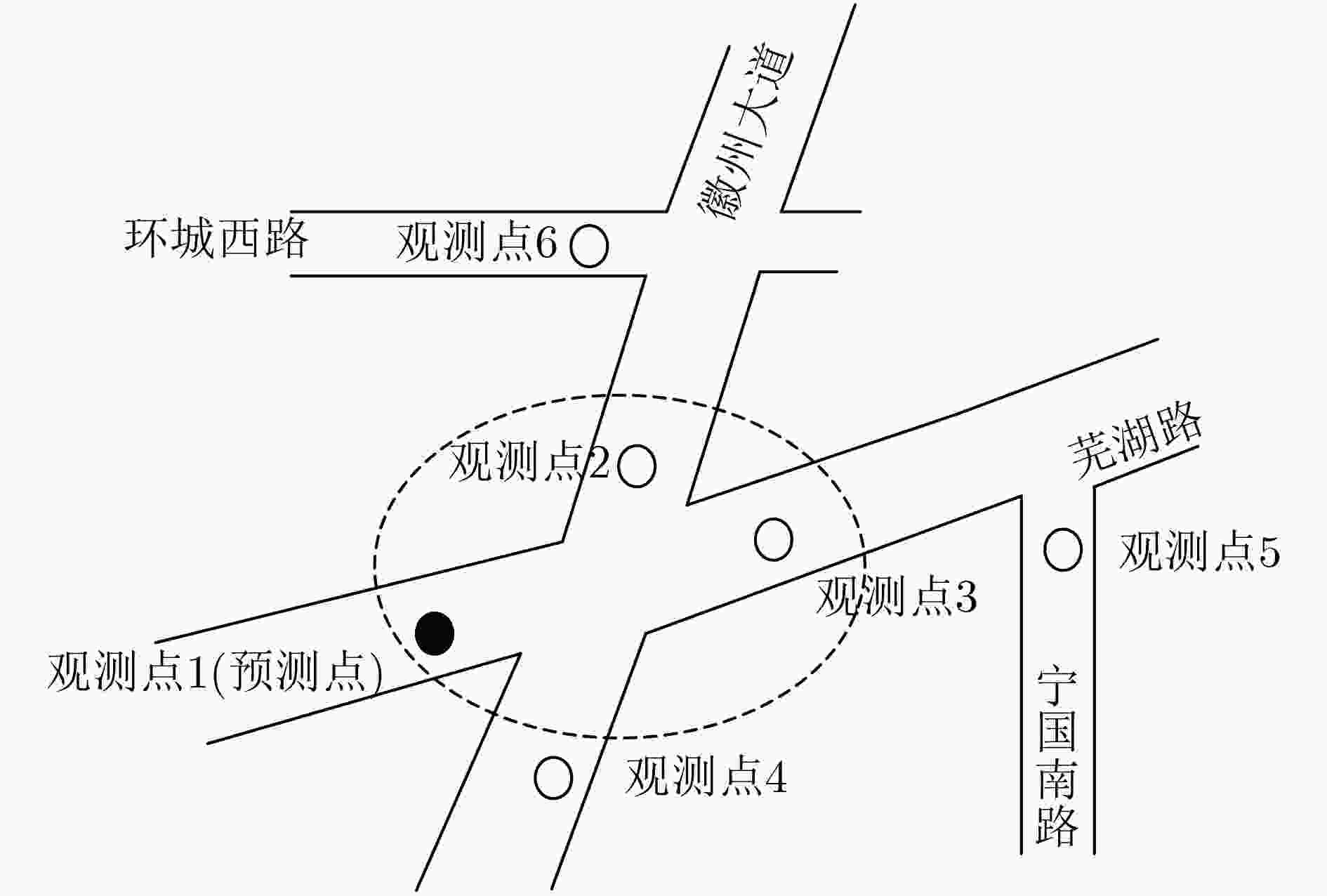
 下载:
下载:
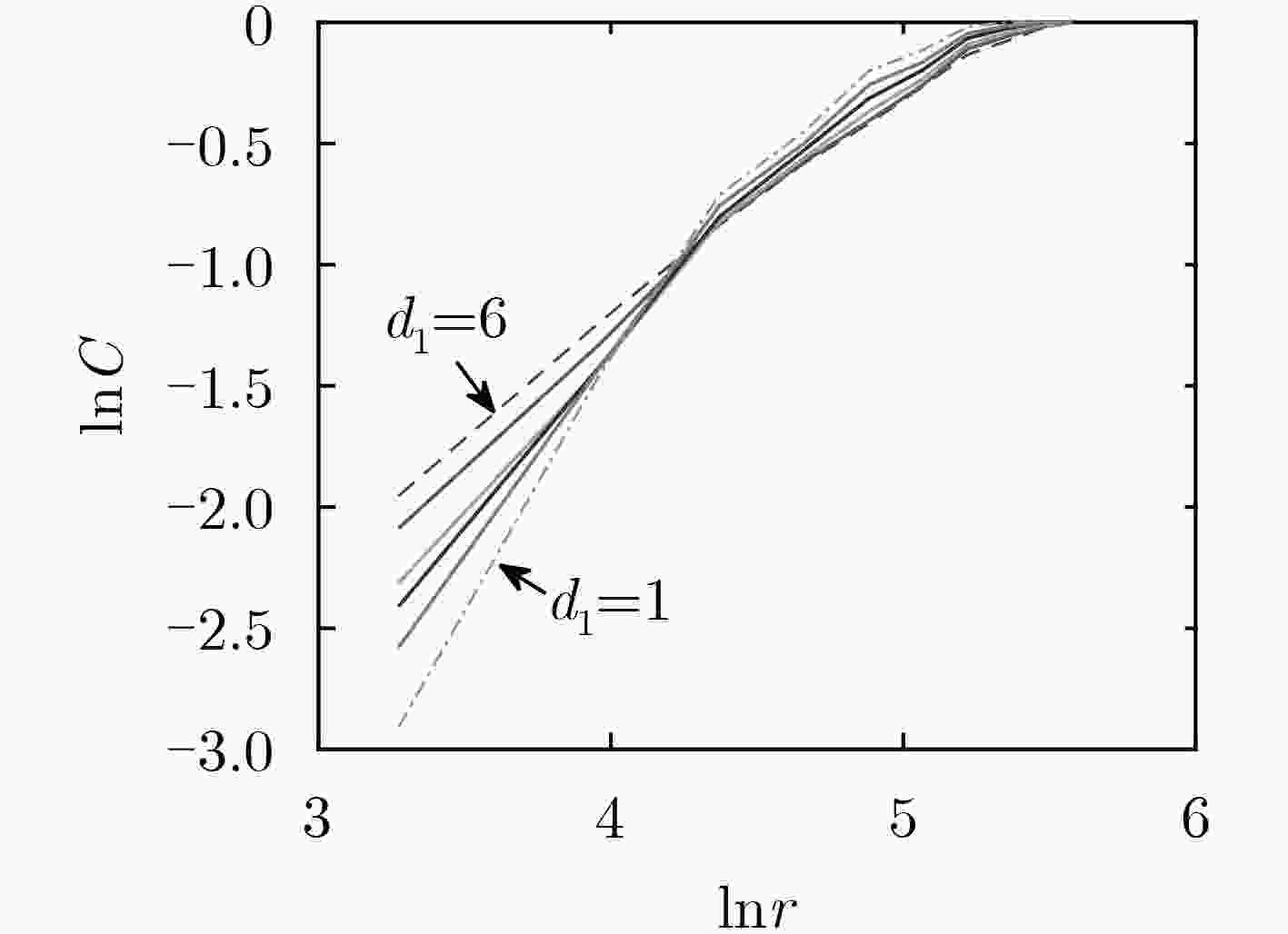

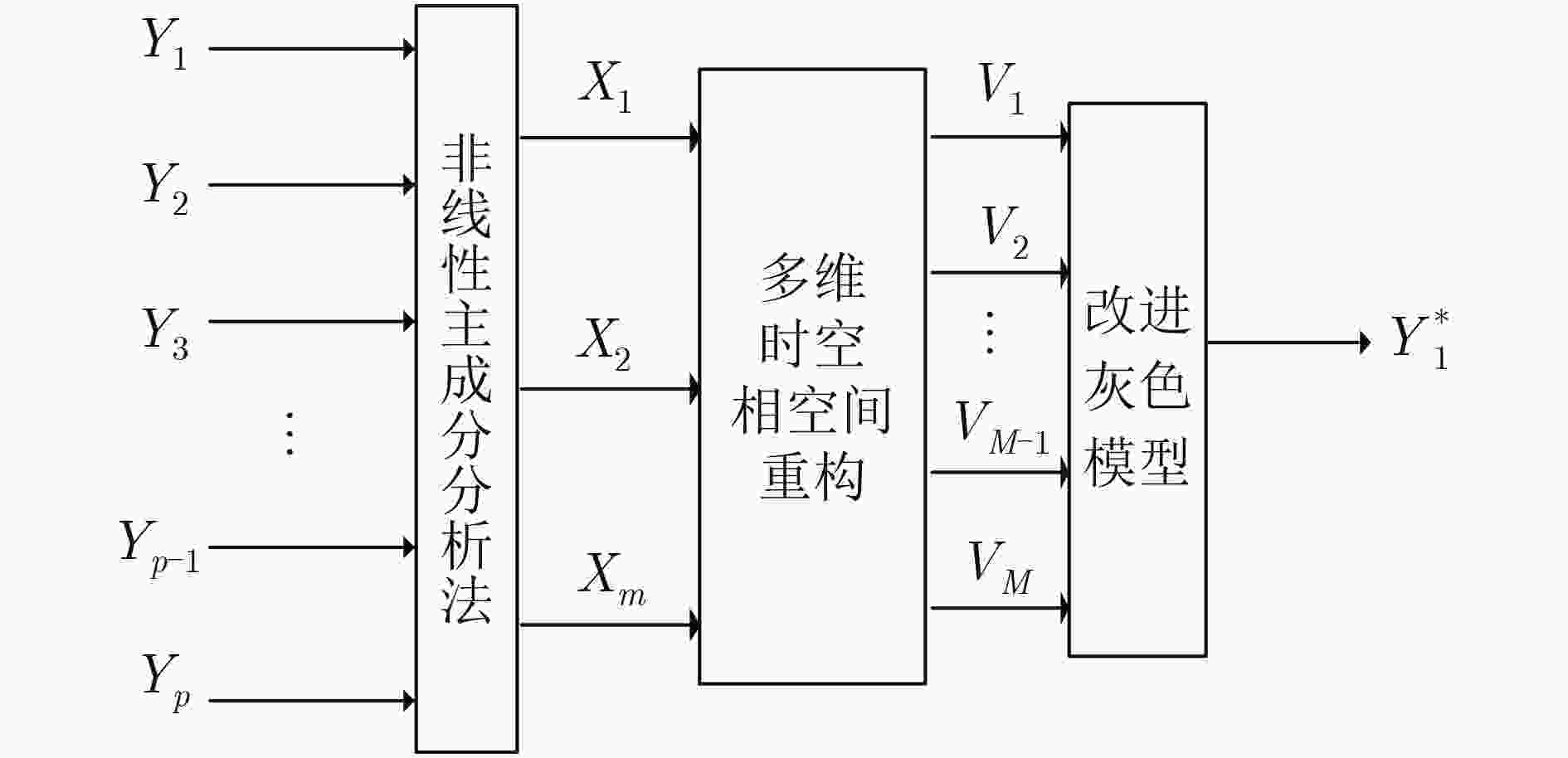

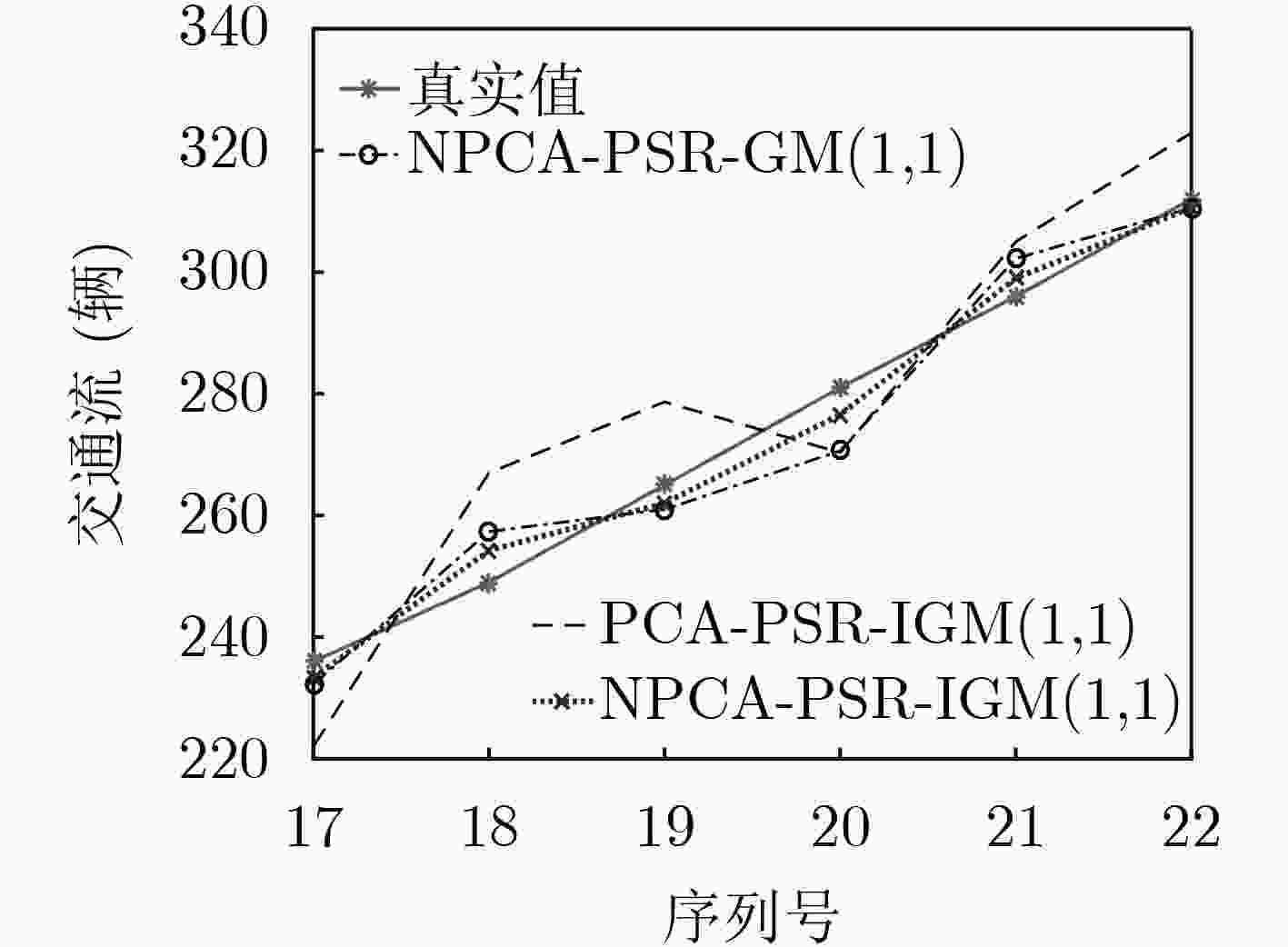
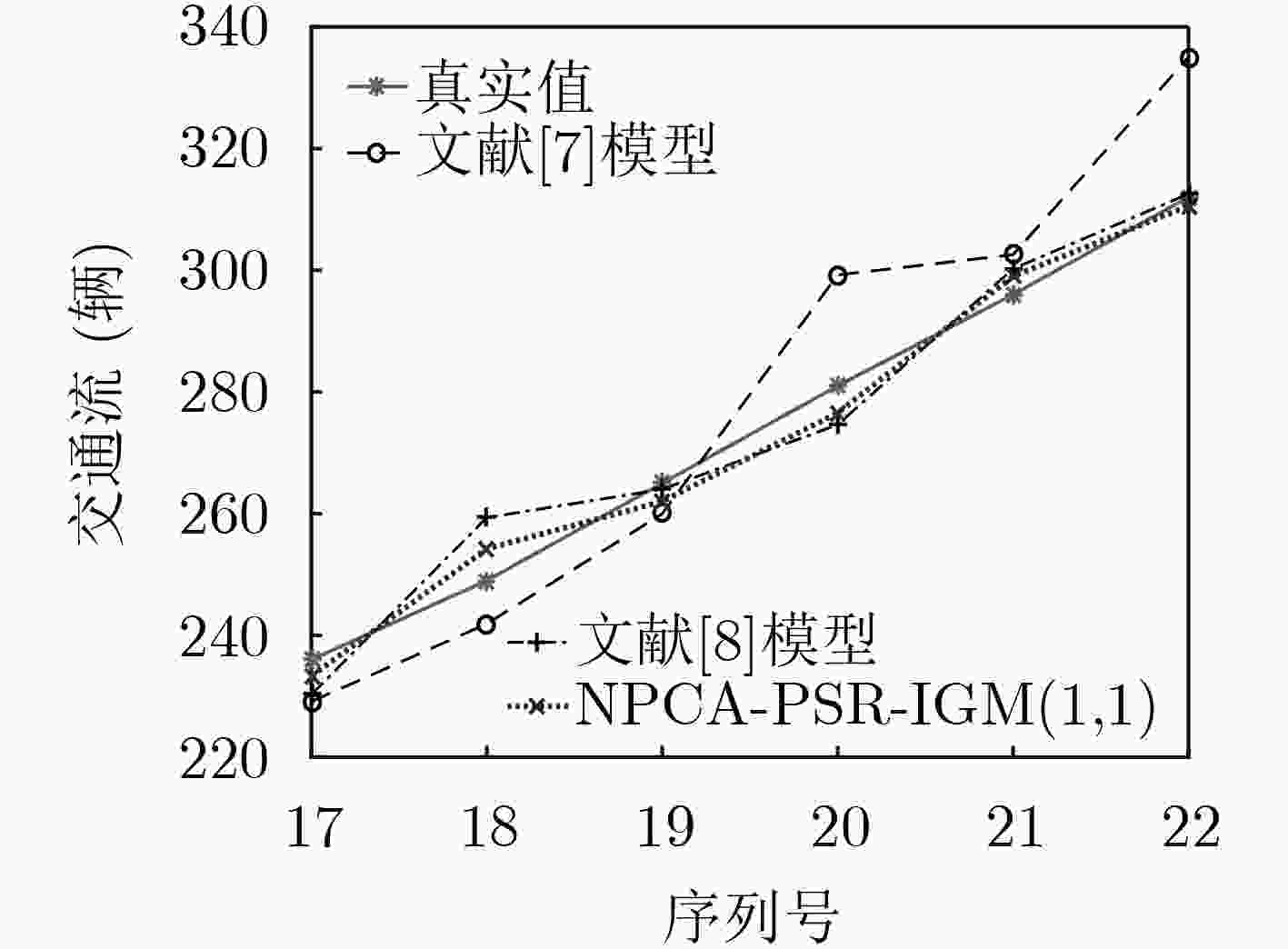


 下载:
下载:
